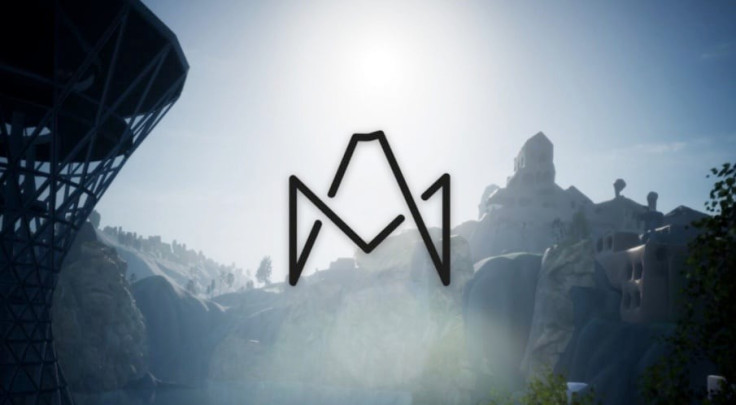Galleries Or NFTs? ArtMeta Thinks Both
NFTs are immensely popular these days and a key reason for that is their use in the art world. NFTs, by design, allow for easy recording and transfer of ownership of rare assets and this makes them very compatible with art.
This is why it is not unheard of for a piece of art to be tokenized and sold as an NFT for hundreds of thousands and even millions of dollars. However, the emergence of NFTs has created a slight fragmentation within the art world - to those who are digitally native and those who aren't. More specifically, the lack of NFT leveraging is not because of a lack of interest but more about access to the tools needed.
Not every gallery has the tools and support to pursue NFTs for its artists and this is a market gap that needs to be addressed. Fortunately, ArtMeta has made it its mission to bring the benefits of NFTs to galleries around the world.
What is ArtMeta?
Describing itself as the Web3, digital version of Art Basel, Soho and the Venice Biennale combined, ArtMeta is a metaverse platform that is designed to help galleries tap into the virtual art space and leverage NFTs. The idea behind ArtMeta is that galleries, artists, and collectors should be able to enjoy art in a virtual world without any limitations.
Because of the boom in NFT and metaverse interest, there is much more potential for those in the art world to exhibit and monetize their art. But not every artist or gallery has the resources to create their own metaverse from scratch that will meet their needs.
This is where ArtMeta comes in. The platform, which is open to artists and galleries that have participated in Tier 1 world art fairs, will also facilitate the NFT creation process for its users. This will include tools for NFT tokenization, transfer of ownership, 3D rendering of art, and even archiving of pieces. In exchange, ArtMeta charges a fee for metaverse rentals and a commission on the works that are sold.

Why Metaverse Art?
The metaverse and NFTs are two of the most relevant technological sectors today; billions of dollars are being spent by companies like Facebook (now Meta), and NFT platforms like OpenSea are seeing massive profits each year.
The speed at which the NFT and metaverse spaces are developing means that the art world needs to keep up to avoid being left behind. For smaller creators and galleries, the technical and financial cost of embracing the metaverse and NFTs might be too much.
With ArtMeta, the technical and financial responsibilities are significantly reduced and this switch can happen much easier. For the artists, it means more avenues to monetize their works. For the galleries, it means a seamless transition to the metaverse and for art buyers, it means an assurance of thoroughly-vetted NFTs and a chance to visit top exhibitions from the comfort of their homes.
Moving forward, ArtMeta and its native $MART token will be making their rollouts. In the first quarter of 2022, the token will be launched on several DEXs and CEXs, ahead of the platform becoming fully functional.
Its first IDO was launched in December 2021 on TrustSwap's Launchpad and saw an oversubscription of over 1000%. Another IDO was held on Polkastarter, which also saw its target exceeded, with over 15,000 whitelist applicants, with only 10% of those randomly selected to participate.
More announcements will be made by ArtMeta ahead of the DEXs and CEXs.
NOTE: This article is a contribution from our advertiser and does not necessarily represent the views of IBTimes UK





















